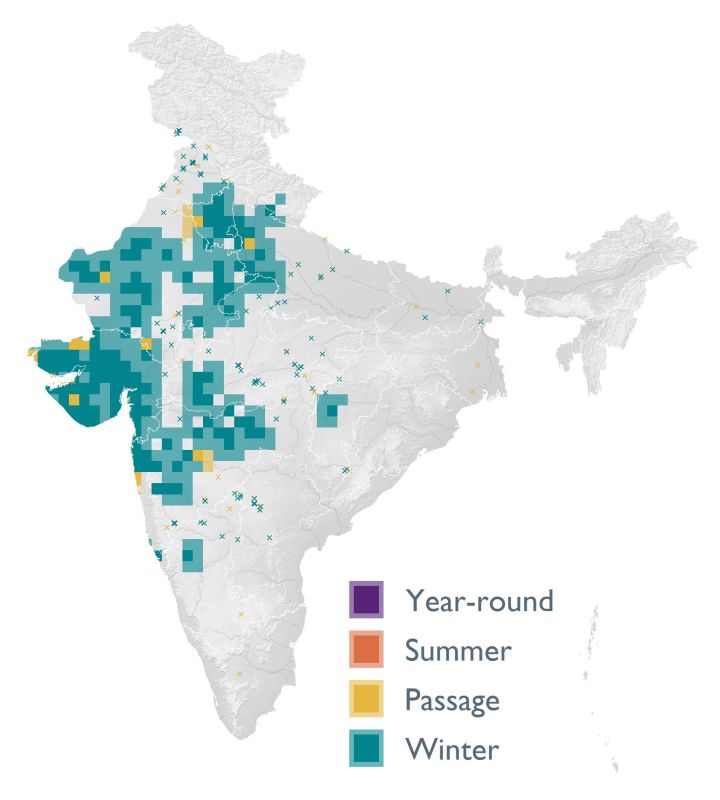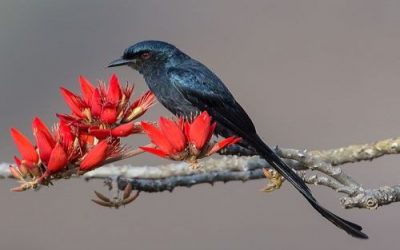Isabelline Shrike (Lanius isabellinus) and Brown Shrike (Lanius cristatus) are both common winter visitors to different parts of the Indian Subcontinent.
Isabelline Shrike has a more southwesterly breeding range and wintering range than Brown Shrike. It breeds in central and East Asia and migrates southwest to winter in western Asia, the Arabian Peninsula, eastern Africa, and in all but the eastern and southern parts of the Indian Subcontinent.
Brown Shrike breeds in Russia and East Asia and migrates southwest to winter largely in areas east of the wintering range of Isabelline Shrike. It winters in southern, central and eastern India, and in the whole of Southeast Asia. Several subspecies visit India with the most common being ssp. cristatus that breeds in the more western parts of its breeding range. But ssp. confuscus and ssp. lucionensis also migrate to the Andaman and Nicobar islands, and in small numbers to the eastern and southern edges of the Indian peninsula.





